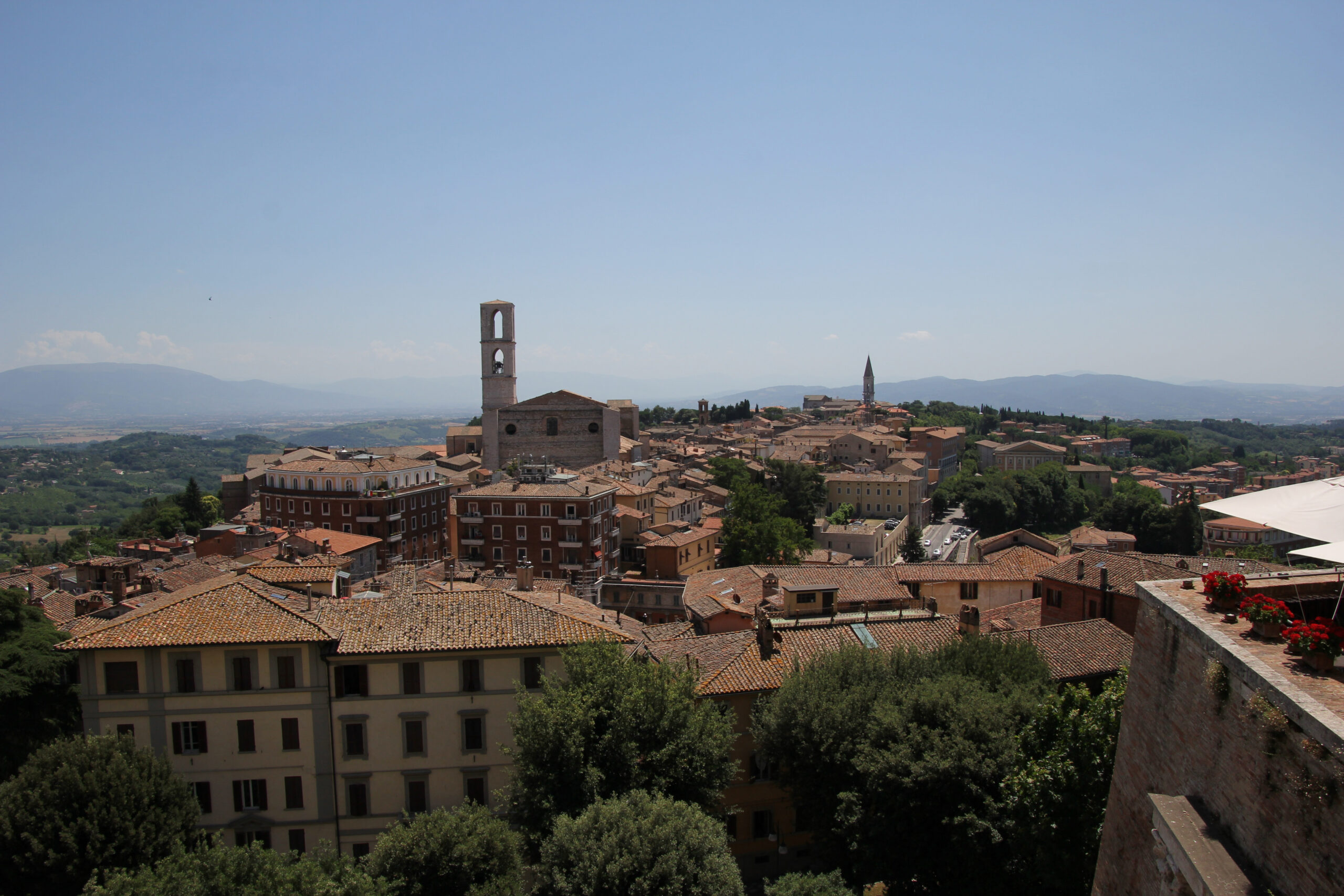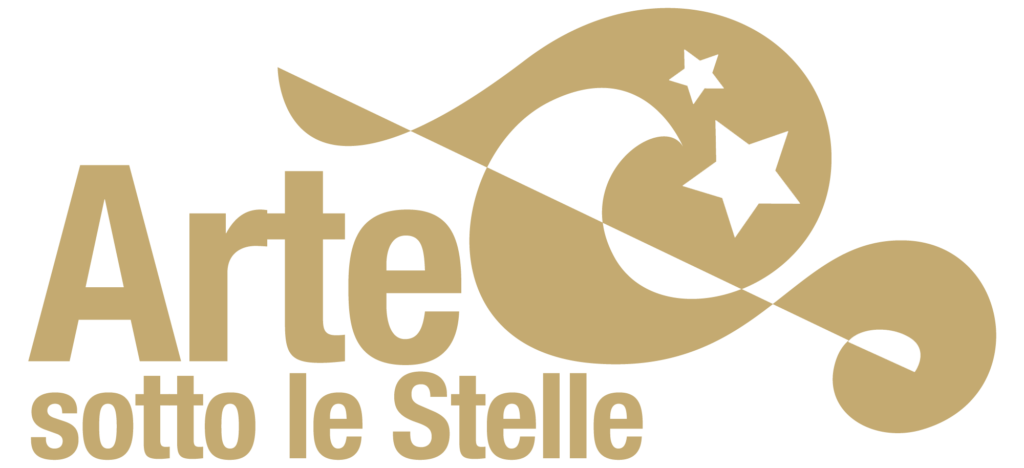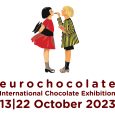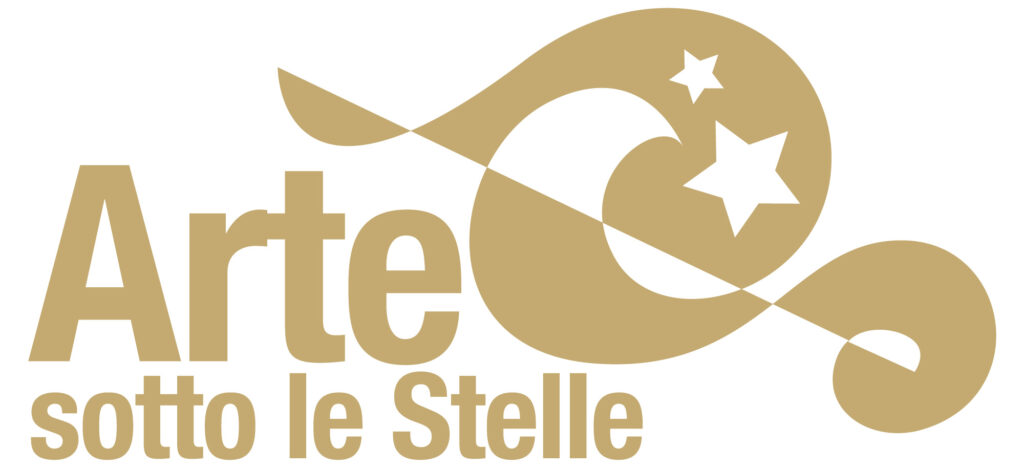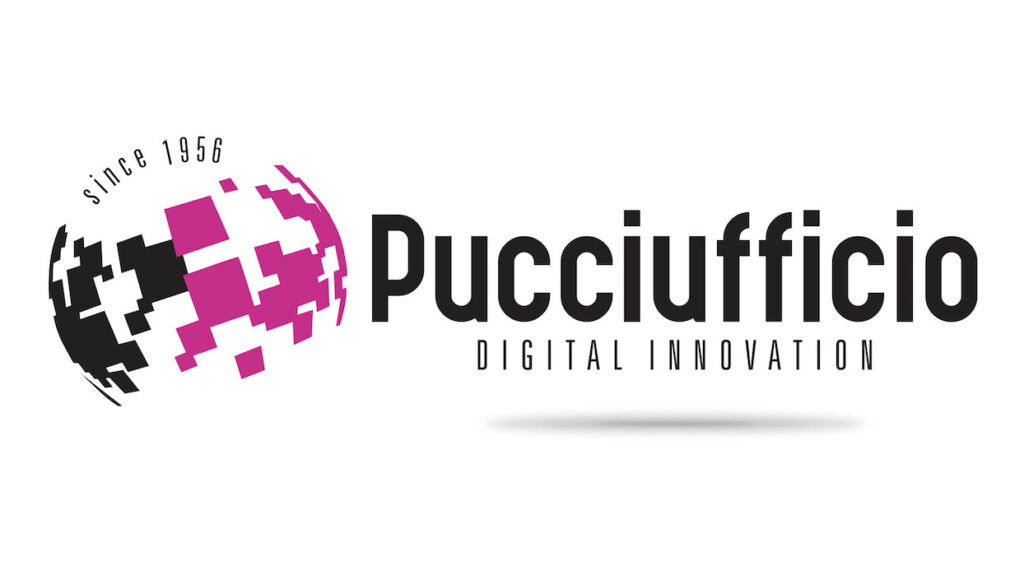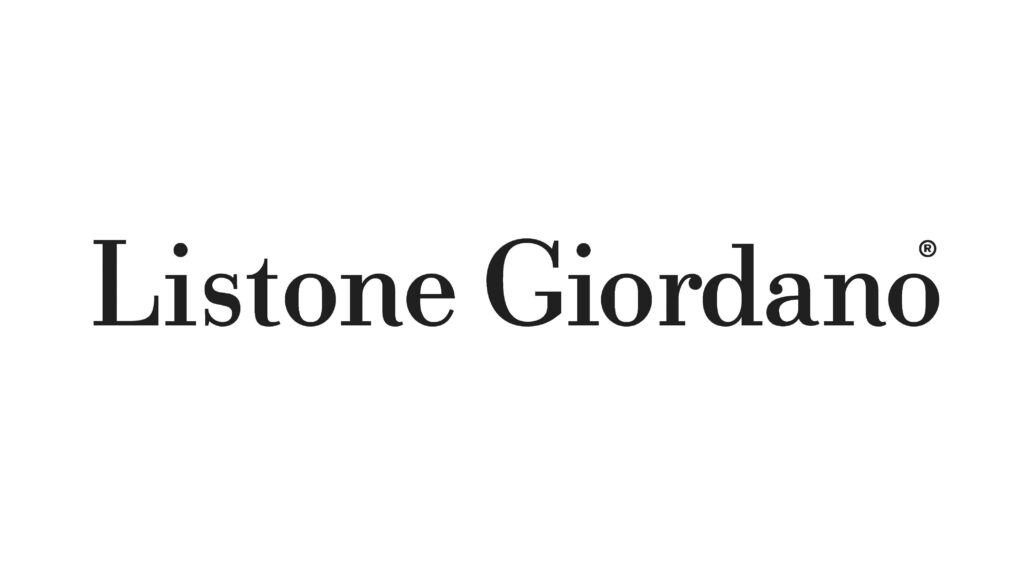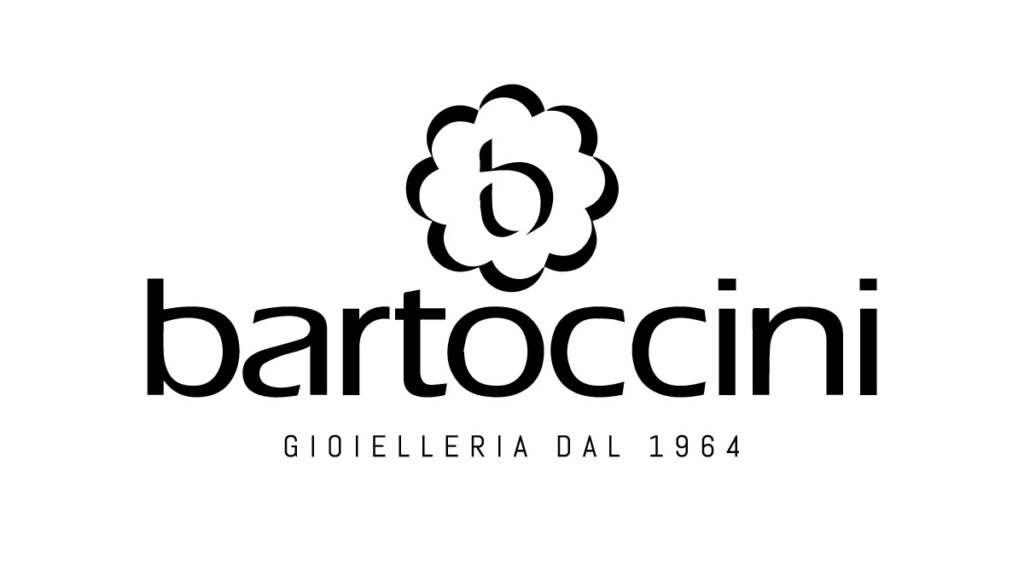Perugia
Flourishing town since the Middle Ages, as evidenced by the Palazzo dei Priori, the Fontana Maggiore and other monumental places of worship, refined town emblem of the rich Baglioni family who had built wonderful palaces during the Renaissance, Perugia still shows the incisive Papal rule suffered over the centuries with the imposing Rocca Paolina, built in 1540, of which today only a part remains. During the sixteenth century, two of the greatest Italian masters of all time, Perugino and Raphael, worked here, leaving some masterpieces in the city.
Home to noble and bourgeois families, extremely relevant to the course of local historical events, such as the Della Staffa, the Ranieri di Sorbello, the Ansidei, Maria Bonaparte Valentini the city still preserves some remarkable buildings built during the post-unitarian period. Later on, thanks to personalities as Luisa Spagnoli, during the twentieth centuries Perugia flourished with factories that have given prestige to its name in the world, such as the first headquarters of Perugina and Spagnoli couture.
Considered the capital of chocolate, Perugia hosts every year Eurochocolate, an event dedicated to the sweet tooth; the presence of contemporary art is symbolized by artists such as Alberto Burri and Joseph Beuys, while the international vocation is embodied in events such as Umbria Jazz and the International Journalism Festival.
